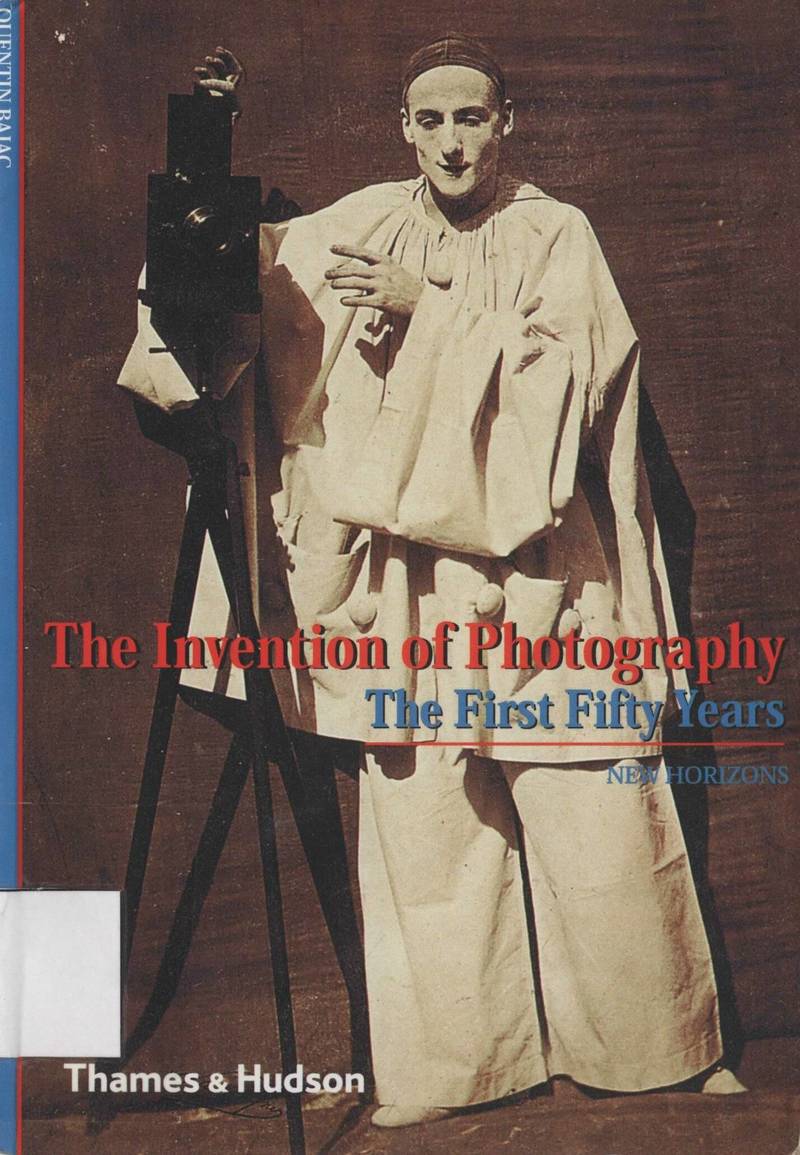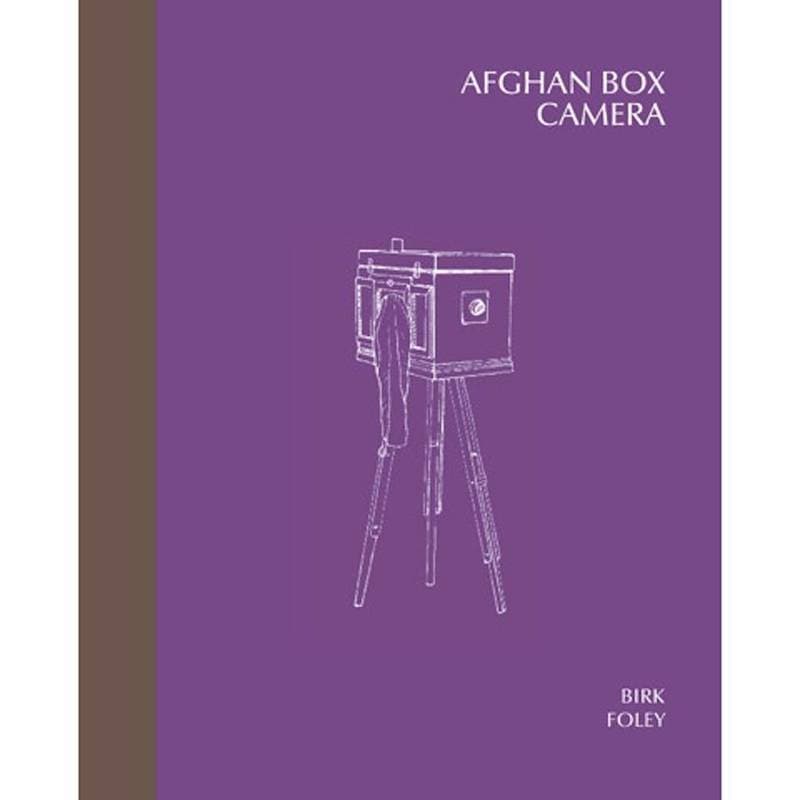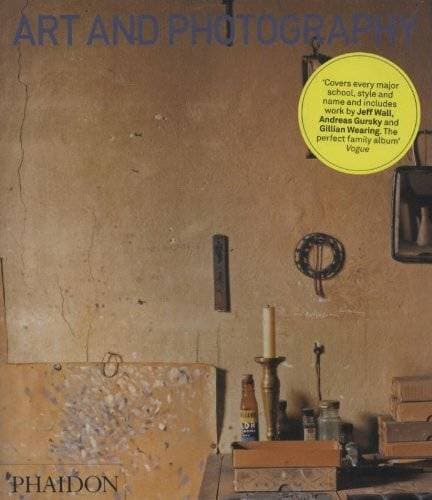The Invention of Photography: The First Fifty Years
The invention of photography was heralded in 1839 in Paris with the debut of the daguerrotype — a unique photograph produced on a silver-covered copper plate. Praised for its veracity, accuracy and its astonishingly sharp detail, the daguerrotype captured the collective imagination. Over the next half-century, photography developed rapidly, progressing from a cottage industry to a semi-industrialized business, with the phenomenal growth of portrait studios marking the medium's popular success. Photography also came to be widely used for documentary purposes such as topographical surveys, scientific investigations, and reporting, while other users championed it as an artistic practice. With the advent of the print on paper, photographic images became truly multiple and, through new methods of printing and distribution, were soon spread around the world. Through a wide range of visual material and an informative text, this study by conservator Quentin Bajac covers these developments and many others, technical and creative, in the remarkable early years of photography.
Details
London
2002
160 pages
9780500301111
Available on request
Yes
No
770 Baj
1
- Framing the West: Race, Gender, and the Photographic Frontier in the Pacific Northwest2003
- Afghan Box Camera2013
- Фотовек. Очень краткая история фотографии за последние сто лет2002
- Фотография как...2016
- Ленинградский фотоандеграунд2007
- Лекции по истории фотографии2008
- Философия фотографии2005
- Субъектив. Фотограф о фотографии2006
- Московский фотоклуб «Новатор». Выпуск 7. 80-90‑е годы2021
- Фотовек. Очень краткая история фотографии за последние 100 лет2020
- Картомания. Невыдуманные рассказы из истории фотографии2019
- Art and Photography2003












